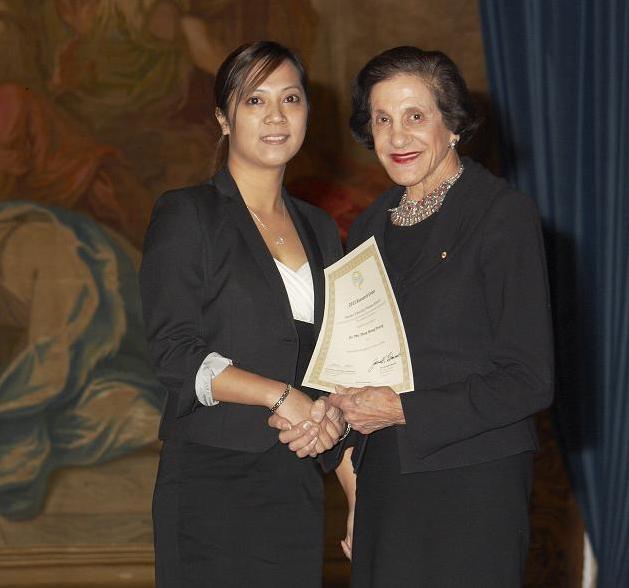
PROJECT SUMMARY:
Victims of traumatic brain injury often lose much blood resulting in dangerously low levels of oxygen reaching the brain. Optimal transfusion and subsequent oxygenation of the brain are therefore essential to both survival and successful recovery in these critically ill patients.
Studies have shown that blood transfusion benefits brain oxygenation and that the more anemic the patient, the greater the benefit of a blood transfusion. This implies that those trauma patients, who are at high risk of brain death due to loss of blood supply, would benefit the most from a blood transfusion. Although this is known, an understanding of how the small blood vessels circulate blood during injury and the best procedure for transfusion in traumatic brain injury has not yet been determined.
The aim of this study is to compare the state of blood circulation between the injured hemisphere and the non-injured hemisphere during different degrees of anemia using an animal sheep model. This model simulates an injury very commonly found amongst head injury patients. Merino sheep will be put under deep anesthesia to avoid any suffering, before applying a humane non-penetrating stunner over the side of the head. This technique has already been used in previous studies and it is currently the accepted method for humane euthanasia of domestic livestock in Australia. Before and at various times after induced head injury, microspheres of different colours will be injected to assess the microcirculation over time. The various colours will help to distinguish changes in microcirculation at different times post injury.
For the analysis of the injury generated within the brain tissue, this study will use immunohistochemistry staining methods which are standard techniques used in all hospital laboratories. Finally, the combination of the tissue damage assessment and the circulation assessment will be compared, giving unique information of the microcirculation in brain post trauma, that has never before been reported.
The results of this study will be used as the starting point for a series of studies within a PhD, over the next three years.


 The Brain Foundation is the largest, independent funder of brain and spinal injury research in Australia. We believe research is the pathway to recovery.
The Brain Foundation is the largest, independent funder of brain and spinal injury research in Australia. We believe research is the pathway to recovery.